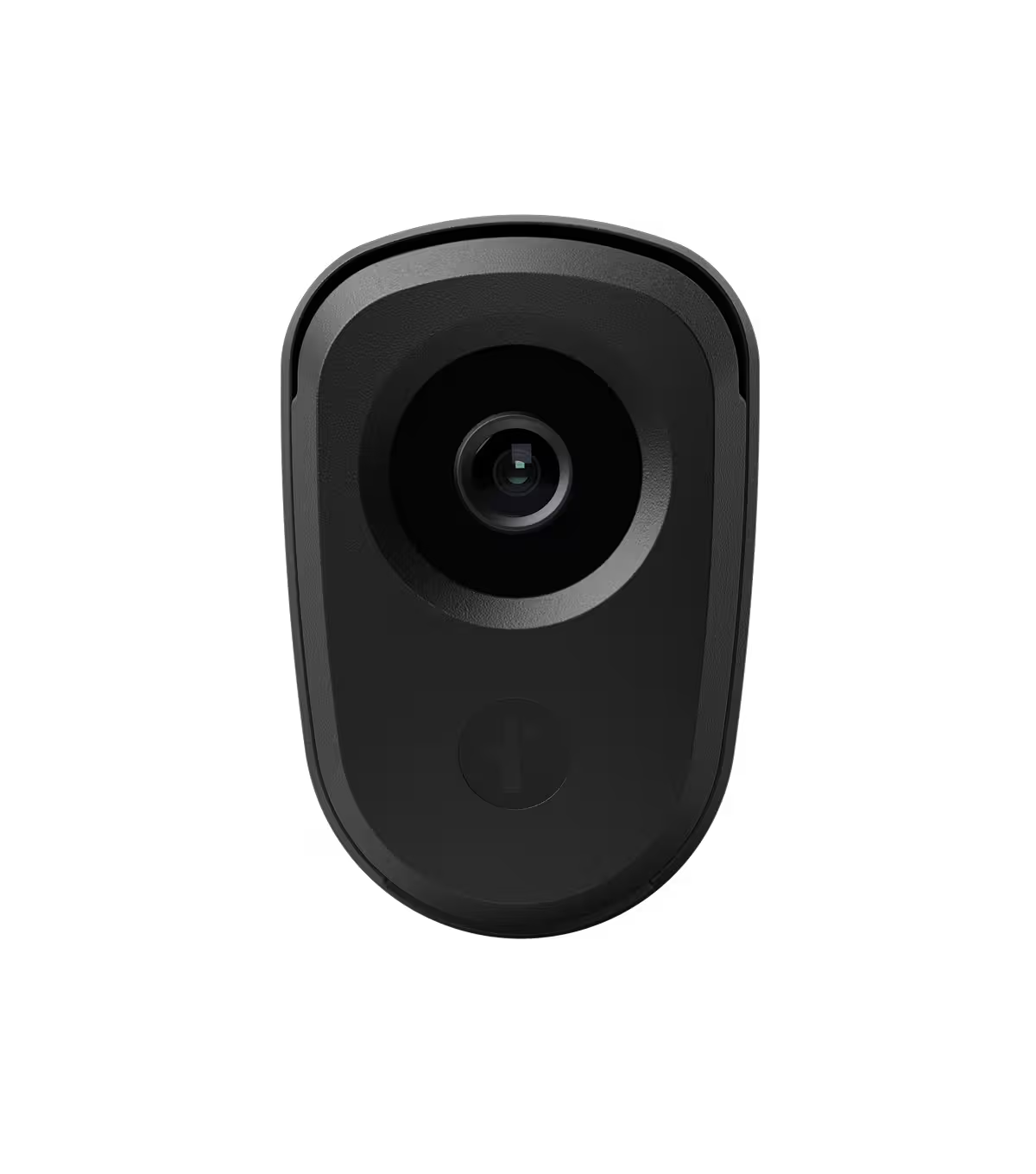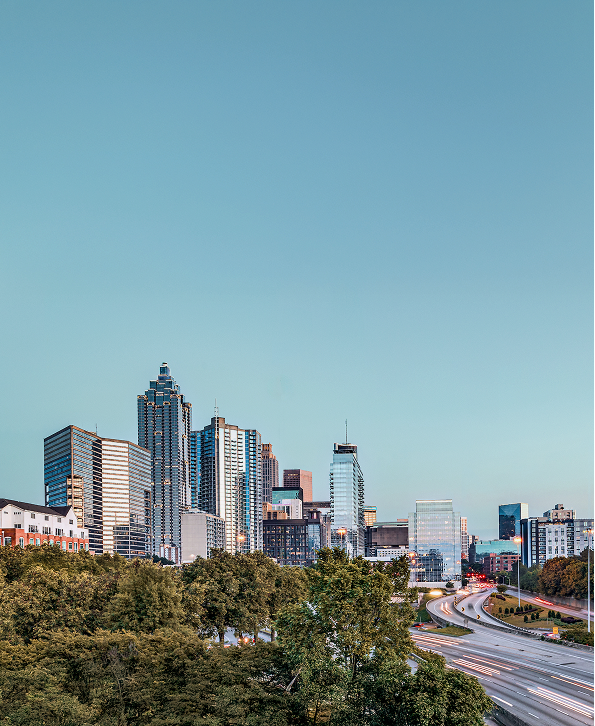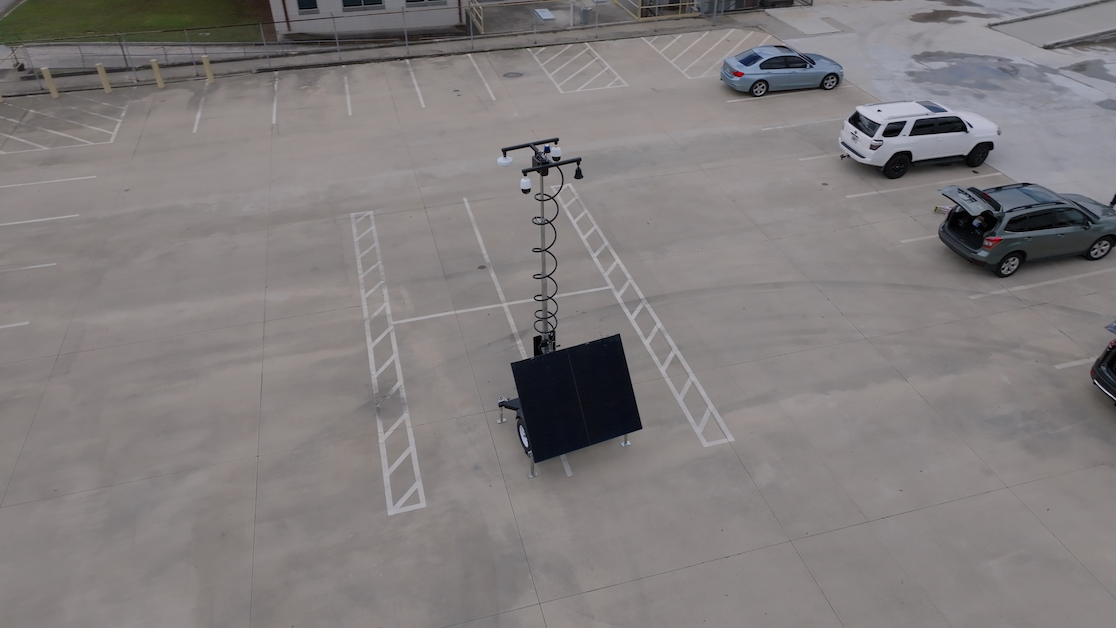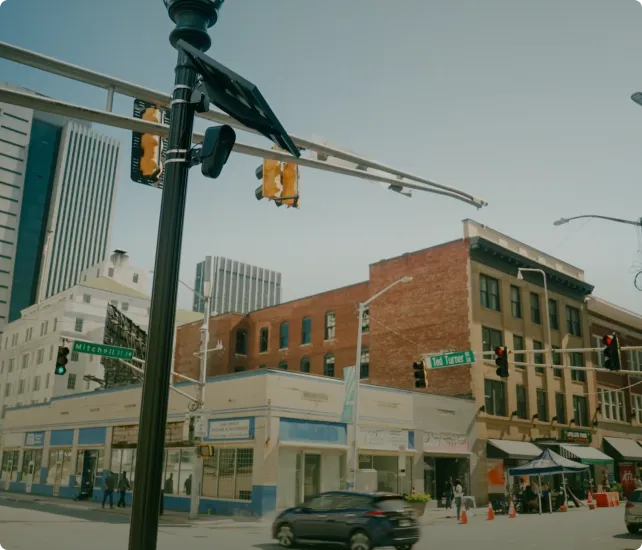


Law Enforcement Drones: The Future of Policing and Crime Prevention
Learn how law enforcement drones enhance policing with real-time intelligence, faster response, and stronger crime prevention strategies.
As police departments continue to grapple with staffing issues, leaders have to come up with efficient ways to dispatch and manage their teams. Many are turning to Drone as First Responder (DFR) technology, such as Flock DFR.
These law enforcement drones serve as force multipliers, enabling police departments to promote public safety, even when working with limited personnel.
DFR solutions enable quicker responses to threats and provide real-time aerial awareness to ground teams, showing them what to expect at every scene. In doing so, they help officers prioritize calls and enhance their situational awareness for well-informed approach strategies.
Here, you’ll learn about the benefits of law enforcement drones, their various applications, and the associated regulatory considerations. We’ll also explore how law enforcement agencies can implement DFR programs successfully.
Why law enforcement agencies may consider using drones
Since their introduction in the Chula Vista Police Department in 2018, drones have helped officers respond to thousands of cases. In Chula Vista alone, they have responded to over 20,000 calls and facilitated more than 3,000 arrests, solidifying their presence in law enforcement. Here’s a look at why this technology is vital:
Faster response times
According to the U.S. Department of Homeland Security, patrol cars typically respond to 911 calls in an average of 10 minutes. In some cases, this means arriving too late to save lives in active shootings, prevent escalations in domestic violence incidents, or keep robbery suspects from getting away.
Drones, on the other hand, can reduce response times to under two minutes. Flock DFR arrives at incident scenes in an average of 86 seconds, thanks to its automation and integration with other Flock solutions, such as license plate reader (LPR) cameras.
Improved officer and community safety
Officers have a high risk of injury when responding to incidents. They may not know where perpetrators are, what weapons they’re carrying, or their movements, resulting in poor approaches.
Drones promote officer and community safety by providing aerial awareness. LE teams can assess threats before they arrive, making it easier to determine how to de-escalate situations. Drone footage can also reveal the number of perpetrators, helping teams determine the appropriate level of response to deploy.
Flock DFR enhances safety by enabling remote threat assessment via its real-time crime center (RTCC) platform. Flock DFR also provides advanced zoom capabilities, allowing officers to assess scenes from a distance and catch valuable details, like suspects’ weapons, allowing for better-planned SWAT team or officer responses.
Stronger evidence collection
Manually taking video and photo evidence can be taxing, especially for police departments with limited resources and personnel shortages. Drones alleviate this burden by taking aerial footage.
They can cover wider distances in a fraction of the time officers alone would, as well as provide visibility in areas ground teams may overlook, such as rooftops. This can help with case building and, ultimately, prosecutions.
Flock DFR captures high-resolution video to support evidence collection. It also feeds directly into FlockOS, Flock’s RTCC software, making it easier for officers and prosecutors to retrieve evidence for crime scene reconstruction and trial demonstration.
Core use cases for law enforcement drones
When integrated with other technologies (such as LPR cameras and gunshot detection systems), law enforcement drones can further enhance LEO efforts in use cases like:
Vehicle-related crimes
Drones can help officers locate stolen vehicles and better manage active pursuits by providing aerial views. Unlike ground teams, they don’t face busy urban streets or dense traffic, so they can easily keep up with vehicles or suspects fleeing on foot.
Flock DFR can help law enforcement agents navigate vehicle-related crimes even more effectively than standard drones. When paired with images and location data from LPR cameras, it helps pilots with precise deployment with the click of a mouse. Its zooming features and reference images are also useful when searching for suspects’ vehicles remotely.
Retail and organized theft response
Drones enhance retail and organized theft outcomes by speeding up officer response. They can arrive at crime scenes within minutes and follow suspects fleeing stores, making it easier for officers to locate them. They can also capture perpetrators’ information (such as car details) to support investigations.
With fast deployment, Flock DFR can reduce your risk of losing suspects, but it also supports case building by streamlining evidence sharing across departments.
As mentioned, it feeds information directly into an RTCC, allowing your team to share information quickly with other officers. For example, if you’re dealing with an organized retail crime (ORC) group moving across cities, you can share collected evidence with neighboring police departments in a matter of minutes to support awareness and apprehension.
Fire and emergency support
Every minute counts in emergency response. This is why drones are so integral to the process. They arrive at emergency sites quickly and provide firefighters and emergency medical technicians (EMTs) with aerial views of what’s happening, enabling strategic planning.
Flock DFR live HD videos can provide clear views of hydrant locations and help firefighters assess fire spread even before they reach emergency sites. Flock drones are also equipped with thermal sensors, which can support missing persons and search and rescue operations in low-light conditions.
How DFR drones fit into modern police operations
The truth is, not all drones fit into modern policing. For a successful drone program, look for a solution that integrates seamlessly with other technologies and enhances your force’s current capabilities. Here’s how Flock DFR technology supports modern police operations.
Integration with the Flock Safety ecosystem
Drones can operate as standalone tools, but that typically means significant manual input. For example, without direct access to crime scene location data, officers have to manually input coordinates, a process that can slow down response times.
Flock DFR fits seamlessly into modern operations because it integrates with many third-party tools your organization may already be using, as well as the full Flock Safety ecosystem, including LPR cameras and gunshot detection system. These integrations reduce the burden on officers, reducing time-consuming and error-prone manual data entry between systems.
Flock DFR also comes with an intuitive platform that not only provides a live stream from your drone but also from other Flock technologies, giving you a comprehensive view of every crime scene.
Book a demo today to see how the Flock Safety ecosystem can enhance your department’s operations.
Automation with a human in the loop
While drones don’t need as much input as helicopters, the Federal Aviation Administration (FAA) does require some human oversight. So you’ll need a few pilots to successfully launch your program.
Flock DFR is built to facilitate FAA compliance without overburdening your team or slowing response times. The system is primarily automated, but still leaves room for human oversight.
Say your drone receives data from an LPR camera after locating a vehicle on your hot list. It can auto-prep based on the location data, then your drone pilot can deploy it to the specific location with the click of a mouse. Pilots can also take manual control of the drone on the scene to focus or zoom in on specific details.
Overcoming regulatory and operational challenges
Police drone adoption isn’t without its challenges. You’ll need to navigate FAA requirements, get your local community on board, and develop practical training and standard operating procedures (SOPs), which can be difficult without proper support.
FAA waiver requirements
FAA Beyond Visual Line of Sight (BVLOS) exemptions are expanding as drone technology becomes even more popular. For example, the Operations Over People rule allows drone pilots to fly at night and operate unmanned aircraft vehicles (UAVs) over moving vehicles and people without waivers.
However, exemptions are limited, and you still need to comply with the rule’s requirements. Further, you need waivers when flying over 400 feet above ground level (AGL) or when operating with less than three statute miles of visibility.
Unfortunately, the process of obtaining waivers can be slow, tedious, and technical, as it requires presenting your safety plans to the FAA. The good news is that Flock Safety can help, providing turnkey waiver support through dedicated operator training, application templates, and proactive cooperation with the FAA.
Training and standard operating procedures
Drone programs need training and standard operating procedures (SOPs), not just for FAA compliance but also to promote public safety. This requires specialized expertise, coordination across departments, and close adherence to FAA regulations.
Flock Safety can ease the burden for your team, offering white-glove onboarding and pilot training to help teams operate their Flock DFR effectively, safely, and in compliance with FAA rules.
Flock also provides ready-to-use SOPs and community engagement guidance, covering everything from how to approve drone operations to how to communicate with the public.
Reliability and service agencies can count on
While all drones can provide aerial support, not all are suited for law enforcement operations. Consumer-grade drones, for example, are not ideal because they’re not built for endurance, speed, and reliability — they focus on features like portability. Other drones were built for tasks such as bridge inspections, rather than public safety.
Law enforcement drones, such as Flock Alpha and others integrated with Flock DFR, are specifically designed to meet modern policing needs. Equipped with both improved battery life and battery-swapping/charging docks, Flock Safety drones can:
- Fly faster: ~45–60 mph (wind-dependent), registering an 86-second launch-to-scene average
- Fly farther: Up to 50 sq miles
- Fly longer: ~40-minute mission time (conditions dependent)
- Offer greater coverage: 3.5–4 mile range from the control station
- Deliver better visuals: Advanced sensor payload for detailed aerial views
Before deploying a technology partner to help launch your DFR program, you’ll also need to consider the following:
Weather and durability
Drones shouldn’t just perform well in ideal settings. They should be able to withstand different weather conditions to operate year-round without malfunctioning.
Flock DFR is built to do just that. It has a high ingress protection (IP) rating that allows for deployment in rain-heavy and hot regions. It also comes with weatherproof docks that minimize its exposure to the elements for greater durability.
Proven reliability
There’s more to assessing drone reliability than looking at technology specs. Evaluate any potential solution’s field performance and mission success before making your final choice to be sure it’s the right one. For a successful drone program, only consider drone providers that can demonstrate reliability through customer case studies and reviews.
Flock DFR has logged tens of thousands of flight hours across multiple public safety agencies and supported numerous police operations. In Dunwoody PD, Flock DFR supported the apprehension of a suspect within an hour of a neighboring police department issuing a BOLO. The PD initially used Flock LPR to identify and locate the suspect’s vehicle, then deployed the drone to conduct an aerial search.
White-glove service and support
A hardware-only vendor leaves officers to figure out implementation, maintenance, operations, and regulations on their own. Naturally, this can lead to more downtime, less efficient operations, and even compliance issues, reducing your return on investment.
Flock Safety promotes uninterrupted service by offering not just operator training but also ongoing support. Flock provides lifetime upgrades, expert maintenance, and prompt repair or replacement services to keep your drone program running smoothly.
Simplified procurement and pricing
While procurement and pricing may seem like administrative factors, they can impact drones’ reliability and sustainability, especially in small departments with limited budgets. For a sustainable program, choose a vendor that offers all-in-one plans and transparent, predictable pricing models.
Flock DFR is one of the most cost-effective solutions on the market. Its bundled annual cost covers the drone itself, along with additional services like:
- Site survey
- Installation
- Ongoing maintenance
- Operator training
- Regulatory guidance
- Lifetime hardware, software, and security upgrades
- Community outreach support
Community trust and transparency
A drone’s technical specs can only help police officers achieve so much. They also need the public’s buy-in, so transparency and drone-focused community engagement initiatives are vital.
Flock DFR helps facilitate transparency by logging all flights and making the details available via a public-facing dashboard. But Flock Safety goes a step further by offering community engagement support, providing policy templates, and guiding officers on how to position drones as public safety tools. This not only builds trust but also helps you justify drone investments to stakeholders, such as city administrators, which is often vital for funding new police technology.
Take the next step toward faster, safer policing
Law enforcement drones are transforming public safety by speeding up response times, enhancing officers’ situational awareness, and streamlining evidence collection. As departments across the country struggle with police staffing issues, these solutions have become the force multiplier they need for effective operations.
Flock DFR facilitates safer, more efficient police operations through automated, reliable aerial support. Flock’s drone technology has an eyes-on-scene average of under two minutes and provides high-quality live feeds. It also integrates with the broader Flock ecosystem and other third-party technologies, minimizing the level of manual input required.
Moreover, it comes with essential add-ons and services, including operator training, community engagement guidance, and ongoing white-glove support — all for one bundled annual cost.
Book a demo today to see how Flock DFR can support your policing efforts.





Contact us
Discover how communities across the country are using Flock to reduce crime and build safer neighborhoods.

.webp)




.webp)




